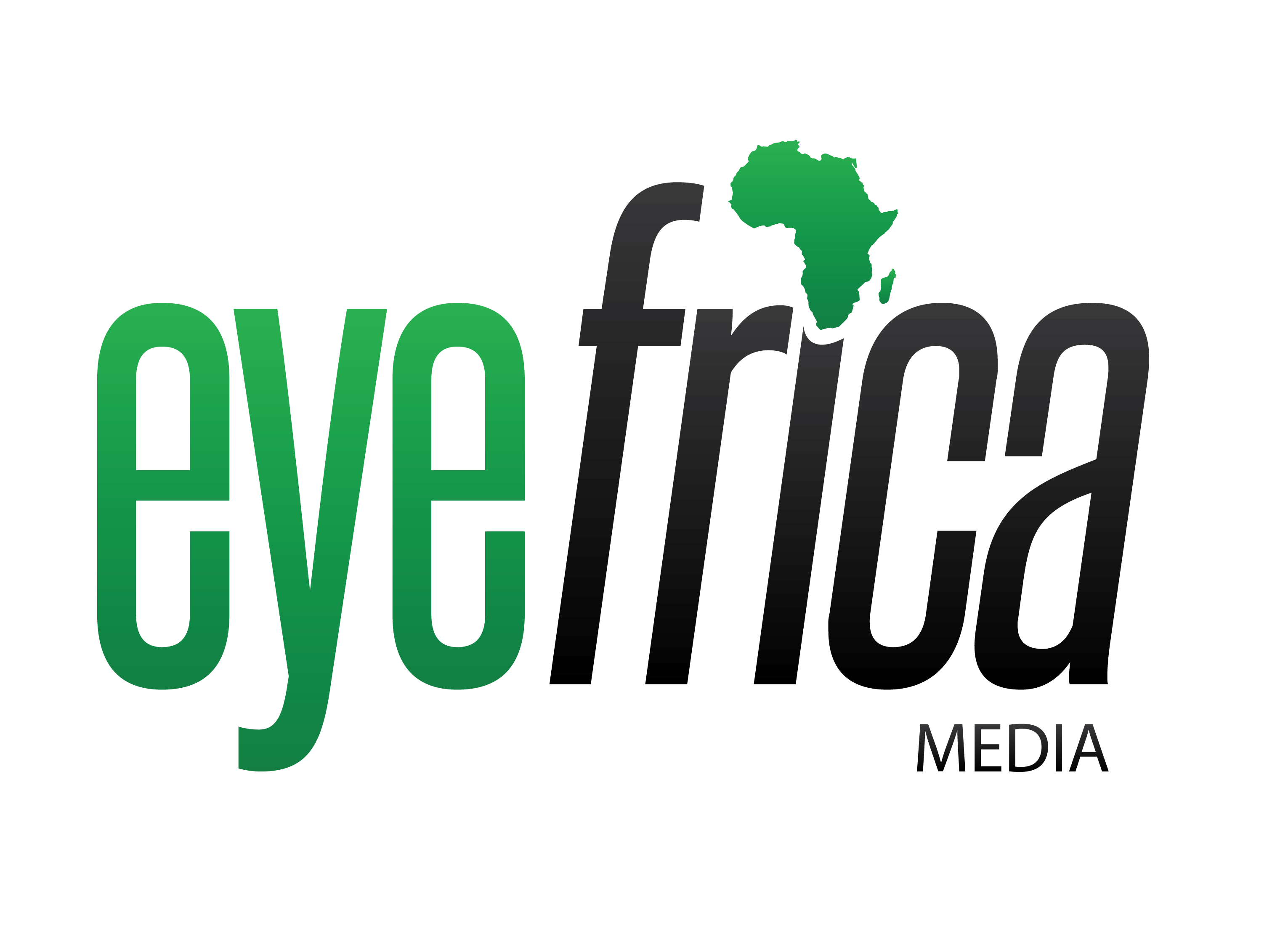In the past 2 decades, we have observed significant progress in the awareness to eye care especially in developing countries known to be heavily burdened with visual impairment. Global advocacy and concerted efforts like VISION 2020: Right to Sight Initiative and the World Health Organization (WHO) working documents [1, 2] for global action plans on Universal Eye Health have contributed to improved awareness on avoidable blindness. By providing common platforms for sensitizing local governments and enhancing collaborative efforts, these global initiatives have served as benchmarks for crafting progressive national success stories.
Currently, no country in sub-Saharan Africa has yet hit the legendary success of fully accomplishing all of its national targets for significantly reducing visual impairment and avoidable blindness. Despite commendable strides in Ghana’s eye care story, [https://eyefricamedia.com/2020/06/11/ghanas-eye-care-story/], a population-based survey [3] conducted in 2015 reported 0.74% and 1.07% as the national prevalence for blindness and severe visual impairment respectively. Conditions such as cataract, glaucoma, refractive error, childhood blindness and onchocerciasis continue as major causes of avoidable blindness in Ghana. To journey on the global trajectory for tackling avoidable blindness and meet national eye care needs, permit me to add on existing voices by sharing some challenges which I consider as areas for growth in the Ghanaian eye care industry.
Workforce for eye care, specifically, its adequacy and equitable distribution has been a critical component in this global fight. Ghana has about 100 ophthalmologists, 400 optometrists, 500 ophthalmic nurses and 600 opticians registered with their respective professional bodies and currently serving about 31 million people. Thus, a practitioner-to-population ratio of 1:3,100,000, 1:77,500 and 1:62,000 for ophthalmologists, optometrists and ophthalmic nurses respectively. Although this may reflects a gradual national shift towards WHO’s minimum requirement [1] for practitioner to population ratio (1 ophthalmologist: 250,000, 1 optometrist: 50,000 and 1 ophthalmic nurse: 100,000), majority of Ghana’s eye care practitioners are inequitably distributed with respect to public-private sector and rural-urban setting [4]. Increasing the number of eye care workers especially ophthalmologists and optometrists with equitable distribution could improve Ghana’s cataract surgical rate, coverage and quality, comprehensive refractive and visual rehabilitation services.
In order to progress on this global trajectory for tackling avoidable blindness, WHO encouraged integration of primary eye care into already existing health systems to promote and strengthen universal eye health [5]. Eye care in Ghana is integrated into general health care at the national level, however, it exists as a separate unit in majority of the regions and districts. There are few to no eye care services in most of the sub-districts and communities which already have satellite health centres, and CHPS (Community-based Health Planning and Services) compounds respectively [6]. Also, community health workers are not empowered to contribute to meeting eye care needs especially in poor and marginalized Ghanaian communities. Building ophthalmic capacity at the community level could assist in early detection of ocular diseases, delivery of supplements and drugs (such as vitamin A and ivermectin), enhance other participatory approaches to improve communities’ eye health and promote universal eye health.
To gain clarity on the current state of the Ghanaian eye care industry on this global vision, the need for updated nationally representative population-based studies assessing national eye care needs, performances and gaps cannot be overemphasized. The country currently lacks a unified system to survey and keep track of the prevalence of visual impairment and blindness. Most of the recent population-based surveys are limited to specific geographic locations. A nation-wide adoption and utilization of a single centralized Health Information Management system could help access information that could be very useful in guiding policy making, monitoring and evaluation and allocation of eye health resources.
In highlighting some challenges which I consider as areas for growth, it may be more important for the Ghanaian eye care industry to shift the paradigm to prioritize our challenges, merge competing interests and actively work together to achieve the targets of National Eye Health programs. We, stakeholders of the eye care system (government, eye health professionals, patients, communities and NGOs) must continue to work together to progressively tackle avoidable blindness by closing the gap between available eye health resources and national eye care needs. I believe we can craft additional national success stories on this global vision over the next decade. Yes, we can. ☺
REFERENCES
- World Health Organization. (2007). Global Initiative for the Elimination of Avoidable Blindness: action plan 2006-2011. Geneva: World Health Organization. Retrieved from https://apps.who.int/iris/handle/10665/43754
- World Health Organization (2013). Universal eye health: a global action plan 2014-2019. Geneva: World Health Organization. Retrieved from https://www.who.int/blindness/AP2014_19_English.pdf?ua=1
- Wiafe B (2017). Ghana Blindness and Visual Impairment Study 2015. The International Agency for the Prevention of Blindness, London, UK. Retrieved from https://www.iapb.org/vision-2020/ghana-national-blindness-and-visual-impairment-study
- Boadi-Kusi SB, Kyei S, Okyere VB, Abu SL (2018). Factors influencing the decision of Ghanaian optometry students to practice in rural areas after graduation. BMC Med Educ 18, 188. https://doi.org/10.1186/s12909-018-1302-3
- World Health Organization (2019). World report on vision. License: CC BY-NC-SA 3.0 IGO. Geneva: World Health Organization. Retrieved from https://apps.who.int/iris/rest/bitstreams/1257940/retrieve
- Awoonor-Williams JK, Sory EK, Nyonator FK, Phillips JF, Wang C, Schmitt ML (2013). Lessons learned from scaling up a community-based health program in the Upper East Region of northern Ghana. Glob Health Sci Pract 1, 117-133. https://doi.org/10.9745/GHSP-D-12-00012
- Potter A, Debrah O, Ashun J, Blanchet Kl (2013). Eye Health Systems Assessment (EHSA): Ghana Country Report, Ghana Health Service, International Centre for Eye Health, Sightsavers. Retrieved from https://www.iapb.org/wp-content/uploads/Ghana-Eye-Health-System-Assessment-Report.pdf



Another great in-depth perceptive article from this author. Once again, I look forward to reading more articles from this author. A united effort from all stakeholders is indeed needed to grow the eye care industry in Ghana. Yes, we can.
Thanks Ace.
Many thanks to Eyefrica media for receiving our stories
Great, insightful and analytical post. This will make for the basis of a great policy framework. Your concerns are well noted and together, we can work on a sustainable implementation.
Most preventable eye diseases can be avoided by taking a few proactive steps to l protect our vision (poor eyesight and vision) which seems to be compounded by poverty.
Thank you very much, Levels
Thank you Levels